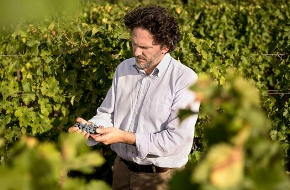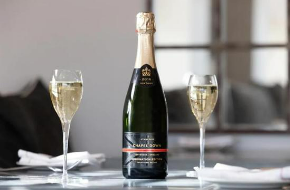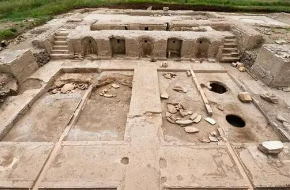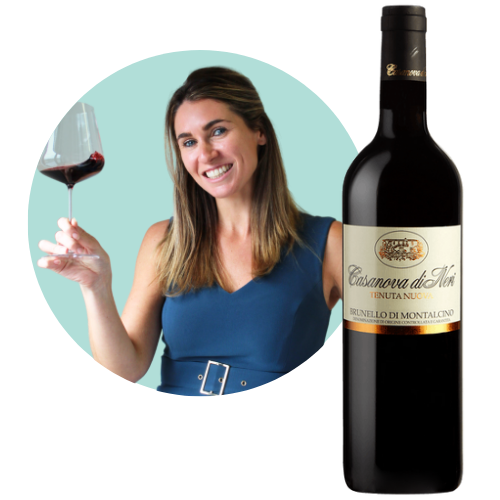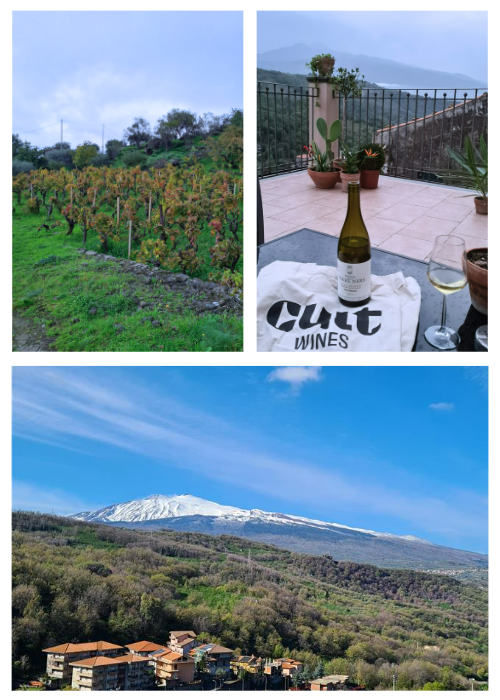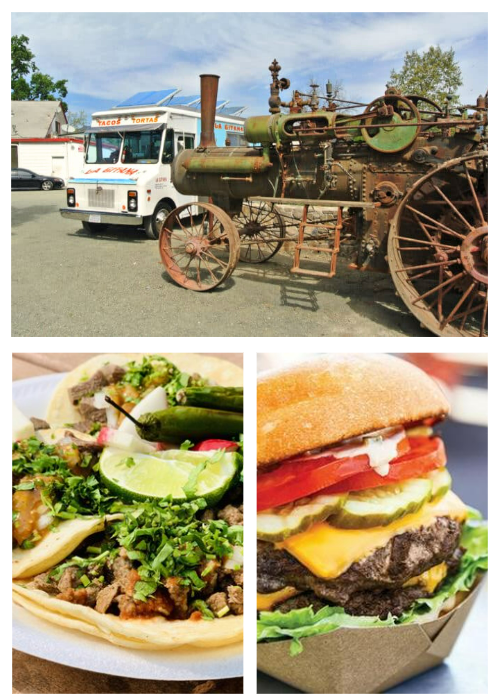Volcanic terroir has become a hot commodity as wine lovers increasingly seek out high quality wines from regions such as the Canary Islands, Santorini, and the US west coast. But Etna’s terroir is unique even among volcanic wine regions because it’s been active for millennia and remains so today. Frequent eruptions over time have created individual vineyards layered with compositions of iron, copper, magnesium with a wide range of ages and altitudes.
Etna’s main grape varieties are excellent at magnifying terroir nuances. Nerello Mascalese is the predominate grape for Etna reds. The best examples explode with lively acidity bringing red fruit and dried herbs flavours together with fine tannic backbones. The volcanic elements come to life in flinty, sometimes coffee-like aromas. Another indigenous grape, Nerello Cappuccio, is the typical blending partner and adds body and round fruit flavours. Carricante is the star of Etna whites, again mixing vibrant acidity and a powerful sense of minerality that tie all Etna wines to their location.
Etna also boasts some incredibly old vines that pre-date the phylloxera epidemic of the late 19th century. Sandy volcanic soils are poor habitats for the phylloxera pest (a small aphid), so some vines retain their original rootstock and continue to produce small quantities of incredibly concentrated wine well over a century later.
Classifying with Contrada
Etna’s exceptional vineyards haven’t always received the nurture they deserve. Just decades ago, the region primarily churned out bulk wine destined for blending with wines made in northern Italy or France. But local producers and some new faces from further afield have revived the region’s potential to make worldclass fine wine over the past three or four decades.
For a region so centred on terroir, a huge boost came in 2011 when the Etna DOC undertook extensive work to map out and officially recognise the individual vineyard areas, called Contrada. With the nine additional Contradas added in late 2022, there are now a total of 142 in a horseshoe shape stretching from the town of Randazzo in the north, around the eastern slope to the area around the town of Biancavilla in the south.
Some say the best whites often come from the southern and eastern slopes while Etna’s north slope hosts many of the best reds. I’ve spent most of my time here in the north and have outlined a few north slope producers making some of the best individual Contrada wines.
Franchetti has been a leader in terms of showcasing Etna’s best terroirs since the early 2000s. The eponymous named wine Franchetti is actually based on Petit Verdot, but the producer also makes five different Contrada wines named Passopisciaro Contrade C, P, G, S, R (the first letter of the respective Contrada). Contrada S (Sciaranuova) delivers Etna’s signature dried herbal notes along with hints of orange zest and smoked chocolate and comes a vineyard 850m above sea level on soil from an eruption in the 1600s. Contrada R (Rampante) is one of the highest sites at over 1000m, resulting in an elegant, highly aromatic expression. Contrada P (Porcaria) comes from a frail sheet of lava that splinters underfoot and is a much richer, rounder wine from a lower location at 650m.
Tenuta Terre Nere’s range of Contrada wines deliver exceptional purity. Each wine I tried was distinctly ‘Etna’ in character; the mineral and crushed rock flavours stood out unadulterated and the nuance across each wine was impressive. The winery’s top wine Prephylloxera 'La Vigna di Don Peppino' Calderara Sottana is made from pre-phylloxera vines over 140 years old and its complex flavours seem to last forever. The Calderara Sottana Contrada rests on soils from an ancient, powerful eruption thousands of years ago that created a unique top layer of large black pumice and basalt stones that retain heat extremely well. Therefore, the wines exhibit power and concentration at 600-700m altitudes. Terre Nere also produces a standout, powerful white wine from Calderara Sottana.
Pietradolce wines are often a bit more tannic with noticeable oak treatment. The top wine is the Vigna Barbagalli from an individual vineyard within the Rampante Contrada. The ungrafted 80-100 year-old wines create an complex wine with rich blood orange, wild berry and dried herb flavours. The smooth gravelly tannins make this one of the best Etna Rossos for long ageing.
